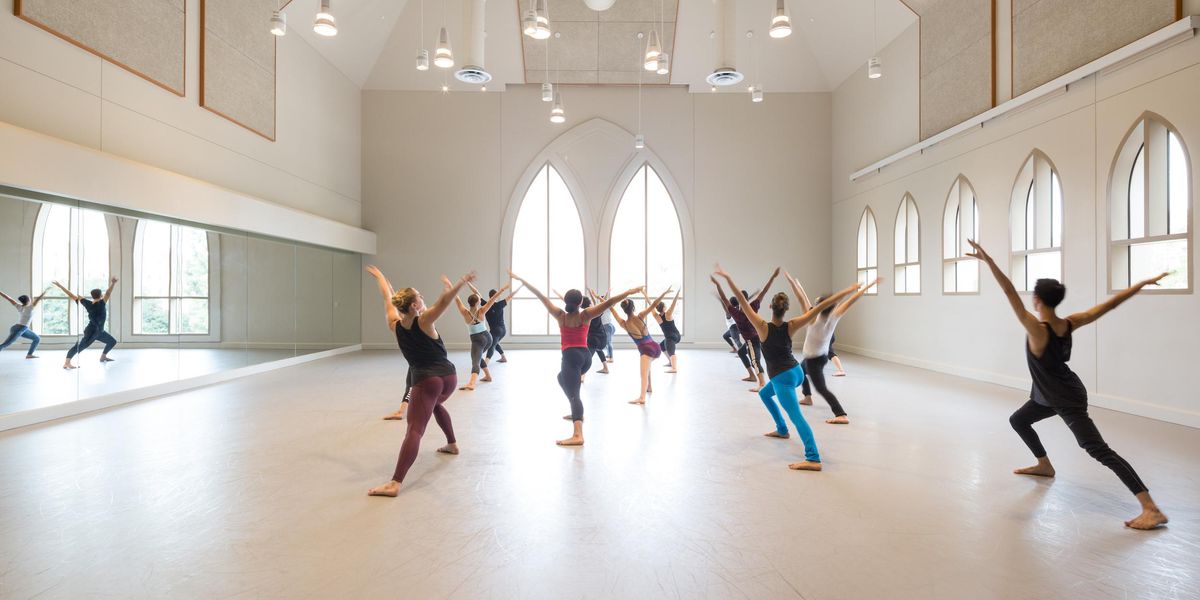Your Career: Membership Has Its Privileges
Health insurance. Salary increases. Overtime. Hazard pay. In dancers’ short careers, these words are rarely heard unless you happen to be working under a union contract. When a union represents dancers, salaries and benefits are negotiated on their behalf, oversight is provided for safe working conditions and there is an established process for grievances. Here is a quick guide to three unions that represent a broad range of dancers, from ballet to Broadway to commercial dance.
American Guild of Musical Artists
Initiation Fee: $500
Annual Dues: $78
Working Dues: 2% of negotiated contract up to $2,000, deducted from paycheck
The American Guild of Musical Artists (AGMA) represents dance companies, primarily ballet, across the country, from New York City Ballet to Kansas City Ballet to San Francisco Ballet. A dancer joins AGMA automatically when she signs a contract with an AGMA-affiliated company. Benefits include competitive salaries, health insurance, retirement plans, an emergency relief fund, entry into AGMA-only auditions and Equity ensemble calls, discounted Equity initiation fee and Union Plus discounts on everything from car rentals to movie tickets. In addition, union membership protects injured dancers from being fired, ensures a six-hour day during rehearsal weeks, as well as five-minute breaks every hour, and sets a limit for working hours during production weeks.
Actors’ Equity Association
Initiation Fee: $1,100, paid within a two-year period of joining
Annual Dues: $118
Working Dues: 2.5% of gross earnings up to $300K, deducted from paycheck
Actors’ Equity Association (“Equity”) represents theater dancers and actors in Broadway and off-Broadway shows, regional theater and national tours. Though there are a rising number of nonunion tours, an Equity card is a must for any dancer wishing a career in theater. A dancer joins Equity upon signing a contract with their first Equity show—and all Broadway shows are Equity. Equity prides itself on maintaining safe working conditions for its members. In addition to health insurance and pension, benefits include separate casting calls for Equity members, tax preparation assistance, national arts advocacy and union discounts, like car rentals. Like AGMA, Equity regulates hours, break time and safety conditions for their members and provides counseling programs for dancers returning from injury or those looking towards retirement (through sister organizations such as Career Transition For Dancers).
Screen Actors Guild/ American Federation of Television and Radio Artists
Initiation Fee: $3,000, payment plans available
Annual Dues: $198
Working Dues: 1.575% on gross earnings between $0 and $500K, deducted from paycheck
Screen Actors Guild/American Federation of Television and Radio Artists (SAG-AFTRA) represents commercial dancers in film, television, radio and industrial media. In addition to financial benefits and health safeguards, SAG-AFTRA is committed to protecting members from the unauthorized use of their work—this safeguards dancers’ residual payments when they make a commercial, for instance. A dancer is eligible to join SAG-AFTRA upon being offered her first major union role, completing three days of work as a background actor, or as a member in good standing of Equity or AGMA. Once a dancer has filed her proof of employment with SAG-AFTRA and paid the initiation fee (various loan and payment plans are available), she becomes a member. While joining can be costly, SAG-AFTRA roles generally pay more and provide a more regulated working environment than other typically nonunion projects, such as backup dancing for a pop tour or performing in a music video.
At Your Next Tryout, Be Ready to…Cartwheel?
Broadway casting calls increasingly ask for more-specialized and even quirky skills, says Duncan Stewart, CSA, casting director and partner of Duncan Stewart and Company. “When we were casting for the Broadway revival of Pippin, we hired a dancer because she happened to have experience with silks from classes at STREB Lab for Action Mechanics,” he says. Stewart cites the influence of Cirque du Soleil on both directors and audiences. Fosse-trained dancers might now also be asked, “Can you do a cartwheel, juggle, throw knives, breathe fire, play the accordion?” Notes Stewart, “We just opened The Tempest in Las Vegas, where the dancers also perform magic tricks.” He sees a noticeable shift away from simply singing and dancing. “Keep up those childhood piano or guitar lessons or cross-train at your local circus school,” he says. “You never know what will be asked of you now.”
Avoid the Ouches
Broadway dancer Rhea Patterson, now in Disney’s new production of Aladdin, says a Band-Aid Friction Block Stick ($5.99) is a must-have in her audition dance bag to combat the long hours spent in character shoes during a Broadway call. The stick can be used along the heel or sides of the foot to create a lubricated barrier, preventing the shoe from rubbing and blistering the skin.
All photos Thinkstock.




